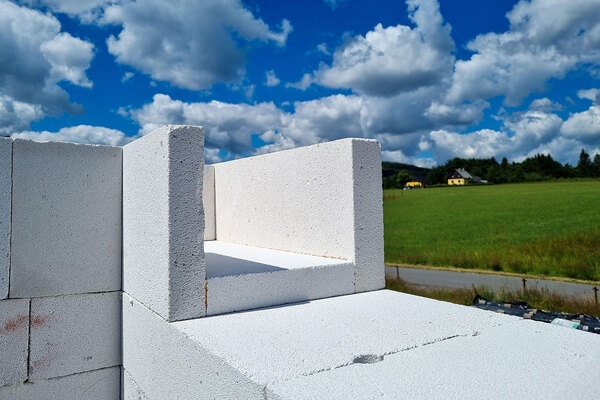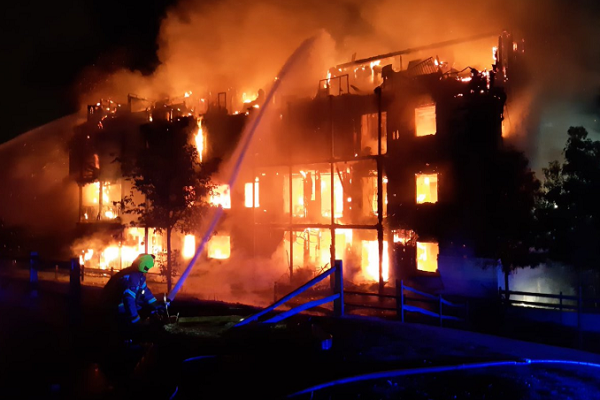You are viewing 1 of your 1 free articles
Number of Scottish landlords with RAAC rises to 16
A further three Scottish landlords that have found reinforced autoclaved aerated concrete (RAAC) in their homes have been named.
The Scottish Housing Regulator (SHR) said that Link Group, Linstone Housing Association and River Clyde Homes had all found the building material in their stock.
This brings the list of Scottish landlords that have found RAAC in some of their homes to 16, after the regulator named nine landlords in December 2023 and a further four in April 2024.
The update means 2,445 homes have been found to be affected.
A total of 145 social landlords have confirmed that there is no RAAC present in their tenants’ homes, and four landlords continue to investigate their stock.
The four landlords still investigating their homes are Bridgewater Housing Association, Irvine Housing Association, North Ayrshire Council and Perth and Kinross Council. The number of homes currently under investigation is 667.
The lightweight concrete was used between the 1950s and 1990s in the floors, walls and roofs of some buildings in Scotland, including residential properties.
Last year, more than 100 English schools closed, either partially or fully, because of fears over the risk of RAAC, which is weaker than standard concrete and more prone to collapse because of its ‘bubbly’ construction.
Nicola Harcus, assistant director of regulation at the SHR, said: “We have engaged with the landlords that have identified RAAC in their homes and have assurance that they have management plans for the affected homes.
“A further four landlords are yet to fully complete their investigations into the presence of RAAC in some of their homes, and we are engaging with them to get assurance about the plans they have in place to assess RAAC and timescales for completion.
“We will continue to monitor landlords’ management of RAAC through our engagement with landlords.”
In August, Aberdeen City Council revealed that around 500 homes with the potentially dangerous concrete will be demolished and rebuilt, costing at least £150m.
The council found RAAC in the roof panels of 366 council homes and 138 private properties in the Balnagask area. Replacing roofs was considered among a number of alternative solutions, but the council said demolition was the “quickest and most cost-effective” answer.
Miranda Radley, convener of the council’s communities, housing and public protection committee, said: “This is one of the hardest decisions the council has taken. We recognise the impact this will have on residents, many having lived in their homes for many years.
“The absolute priority has to be their safety.”
Sign up for our regulation and legal newsletter
Already have an account? Click here to manage your newsletters












